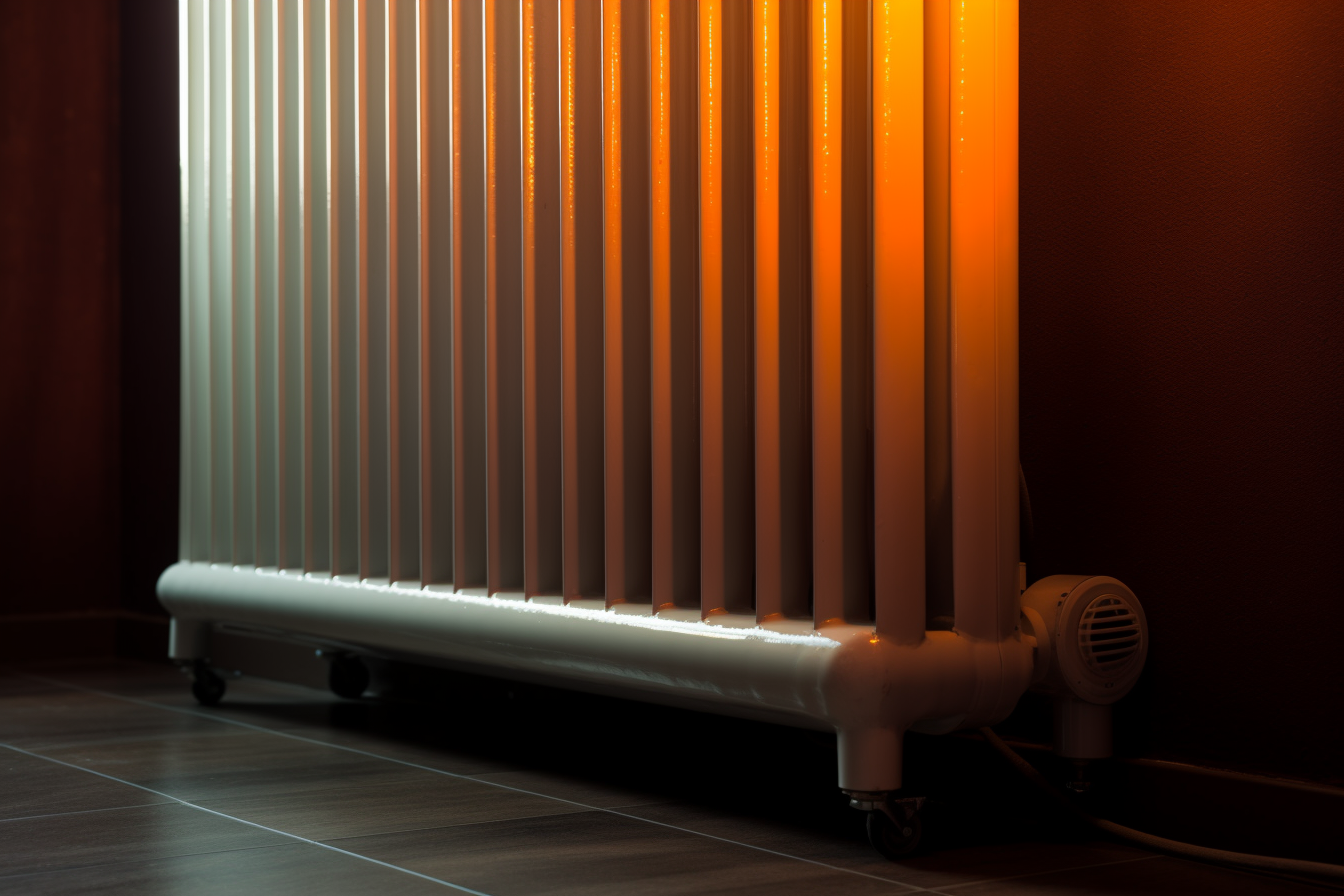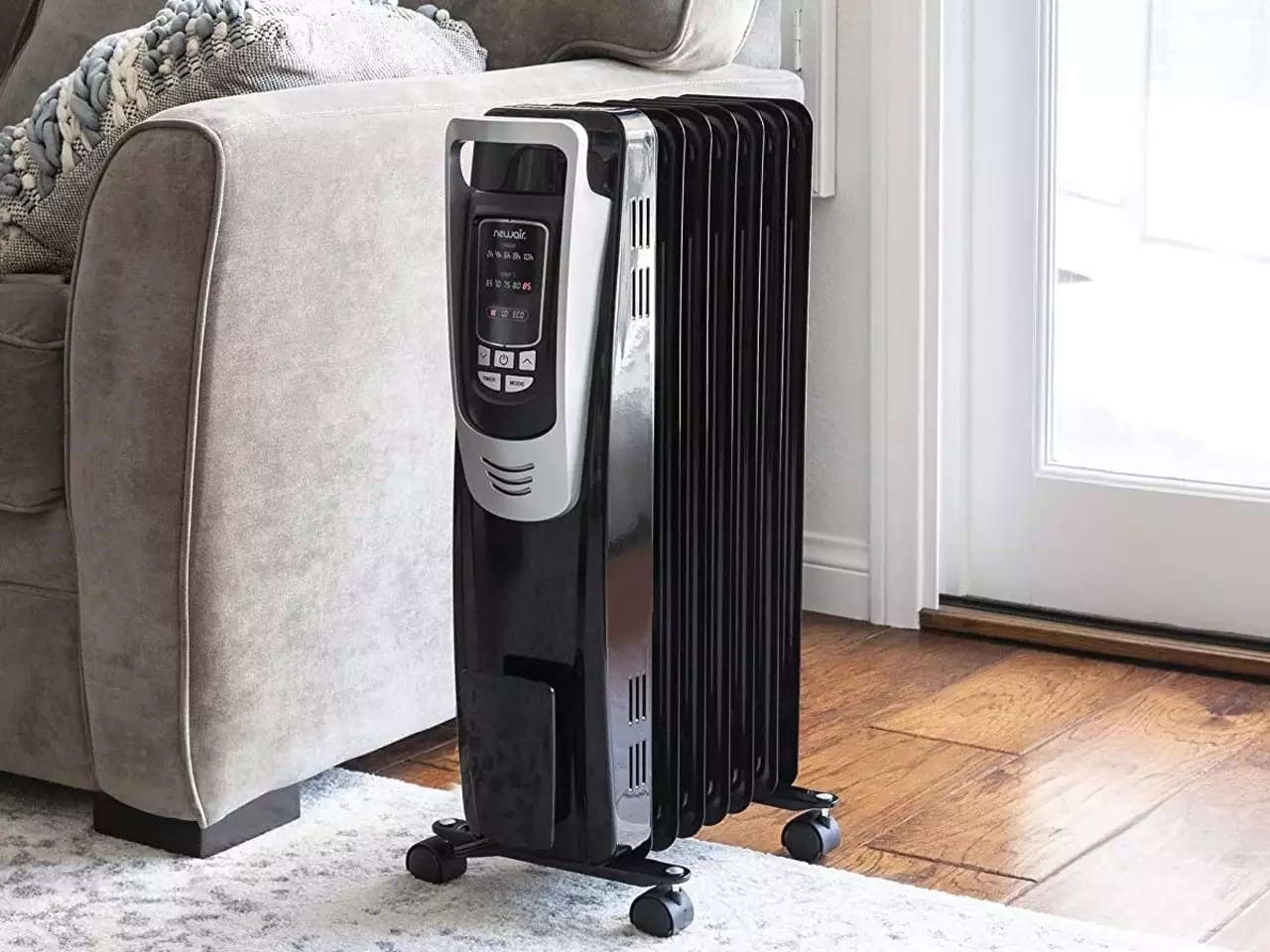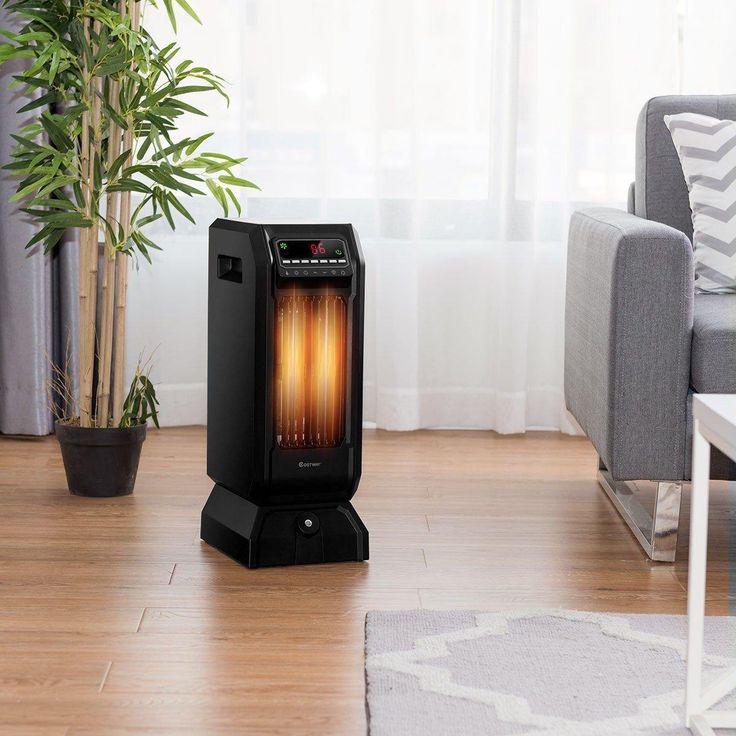Are you looking for a feasible room heater for the upcoming snow season? Or are you researching before investing in oil-filled radiators?
Either way, it can be overwhelming to pick a side in a tug-of-war between an oil heater and an electric heater.
Oil-filled heaters are excellent for keeping your room warm and cozy during the winter.
Their efficiency, safety, and portability undoubtedly back up their increasing popularity. But how does its mechanism support heating for long hours without oil combustion?
We thank the mysterious liquid that cuts on the hefty expenses of other room heating methods. In this article, we will uncover the mystery liquid and learn more about the oil-filled heater mechanism.
Basics of Oil-Filled Room Heaters
Before we begin decoding what oil the oil-filled heater uses and its different benefits, let us understand the basics.
What are Oil-Filled Heaters?

The era of modern living has injected technological advancement into every imaginable device.
Heaters have become an integral part of our healthy living standards. Thus, it gracefully accepted a progressive touch of portability, efficiency, and safety in design and mechanism.
Oil-filled heaters or column heaters have an efficient body with fins and coils filled with oil.
It uses electricity to heat the metal piping and the oil inside. The portable design also makes it easy to use for domestic and office purposes.
Unlike kerosene or electric heaters, these heating devices do not combust fuel.
It reduces the possibility of emitting dangerous gas and exercises its first safety method.
How Do Oil-Filled Heaters Work?

Oil-filled radiators work on a silent mechanism, which makes them ideal for domestic use. As the power is switched on, the radiator consumes electricity to heat the metal fins and enclosed piping. These heated pipes thus help the oil reach its boiling point and circulate inside to radiate warmth.
In conclusion, convection and radiation are the simple sciences that constantly support the smooth performance of these heaters.
Does the mechanism already sound impressive to you? Well, we have more to offer!
The heater will signal for manual turnoff as the oil inside reaches its maximum temperature. However, the heat radiation continues without any power consumption.
Efficiency at its best, indeed!
Which Oil is Used in Oil-Filled Heaters?

Now that we know the oil-filled heater’s mechanism, it is time for the big secret reveal.
Diathermic or thermal oil runs through the pipes of these heaters. It is a synthetic formula of mineral oil chemically treated with thermal additives.
The chemical treatment makes the oil efficient for powerful and prolonged heating.
Silicone oils, synthetic hydrocarbons, and mineral oils contribute to forming a solid base for the heaters to perform uninterrupted.
However, different models use different liquids for heating. One’s budget, individual purpose, and selected model of oil-filled heaters thus determine what oil runs through its pipes.
Advantages of Using Diathermic Oil in Heaters

Diathermic oil must be potent enough to have won the trust of manufacturers as a liquid for oil-filled heaters. Thanks to the miraculous formula of the synthetic base, it contributes to keeping our homes and offices warm and cozy.
Here are the top six advantages of using diathermic oil in heaters that make this radiator a great product to invest in.
1. High Boiling Point
The diathermic oil formula used in oil-filled heaters has high boiling points. It means the oil requires a very high temperature to boil and can radiate heat without power consumption for a prolonged period.
It also eliminates the risks related to overheating and accidental fire. The formula further contributes to precise temperature control for both domestic and industrial uses.
2. Lightweight Formula
Mineral or synthetic oils are often very lightweight. The low viscosity thus enables the oil to continue flowing freely even at low temperatures.
It is beneficial because diathermic oil thus retains the potential to limit overheating of the heating element and maintain even heat distribution.
3. Non-Flammable Oil
For heater manufacturers, safety is paramount. Diathermic oils are non-flammable, which means they do not ignite. Thus, it is an obvious and trusted choice as a liquid in oil-filled heaters.
The fear of accidental fire lingers in every user’s mind while employing a room heater in the winter. However, diathermic oil undoubtedly minimizes the risk, assuring safety.
4. Offers Prolonged Service
Diathermic oils boast prolonged service with their resistance to degradation. The formula of these synthetic oils does not break down at the available temperature.
Besides, closed pipes in oil-filled heaters limit combustion, highlighting its cost-effectiveness. Therefore, proper maintenance and responsible usage of radiators will offer prolonged and uninterrupted service.
5. Requires Negligible Maintenance
As mentioned earlier, diathermic oils have a high boiling point, and they contribute in several ways. The chemical formulation remains untampered even with daily usage and long hours of continuous heating.
This key feature of mineral oils demands negligible maintenance, like oil replacement or purification. Once again, this makes it a winning choice for heater manufacturers and users.
6. Environment-Friendly Oil
Diathermic oils align perfectly with growing environmental safety needs. The formulation is non-toxic and limits the emission of carbon monoxide in nature.
Besides its biodegradable nature, frequent oil disposal and purification are necessary for maintenance. Its eco-friendly attributes continue to prove its various potency as a trusted choice for oil-filled heaters.
Wrapping It Up
The most-awaited answer to what oils are used in oil-filled heaters is diathermic oil.
The several benefits that filler oil offers undoubtedly deserve all the praise. Besides being cost-effective, thermal oils are environmentally friendly, safe, and power-saving.
No wonder it is an ideal and trusted choice for manufacturers to use in oil-filled heaters.
Now you know the science and theory behind the oil-filled heater mechanism. You have one more reason to make an informed choice in its favor.
So, what is your reason not to invest in an oil-filled heater? Comment below and share.
Be sure to check out these other posts for more fascinating insights:

